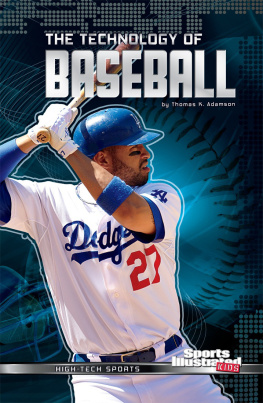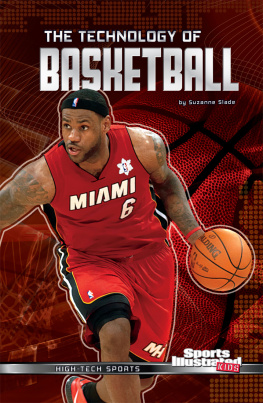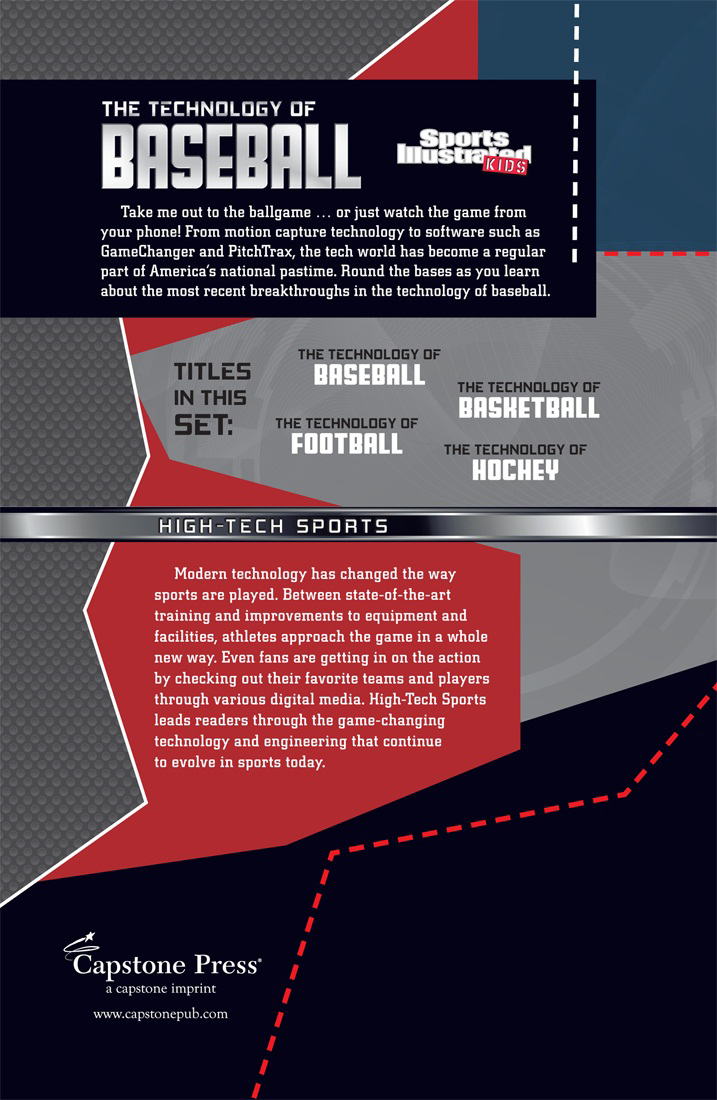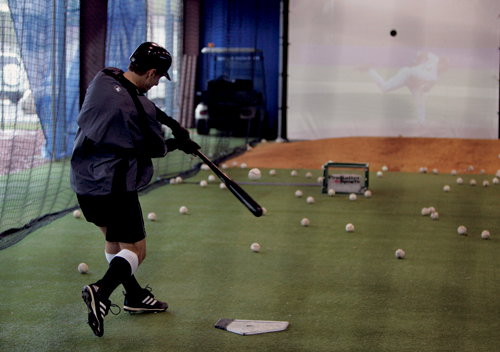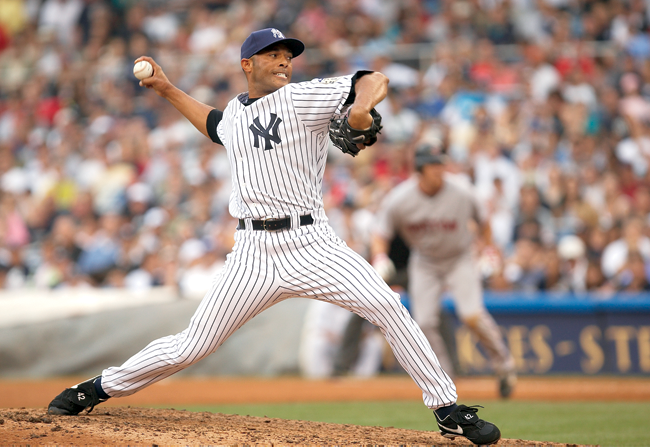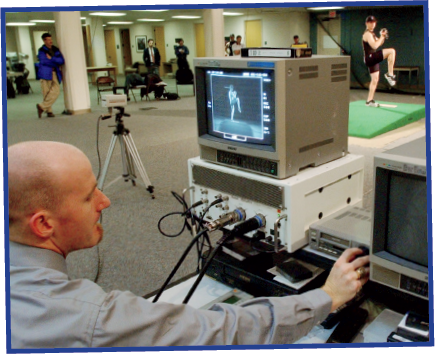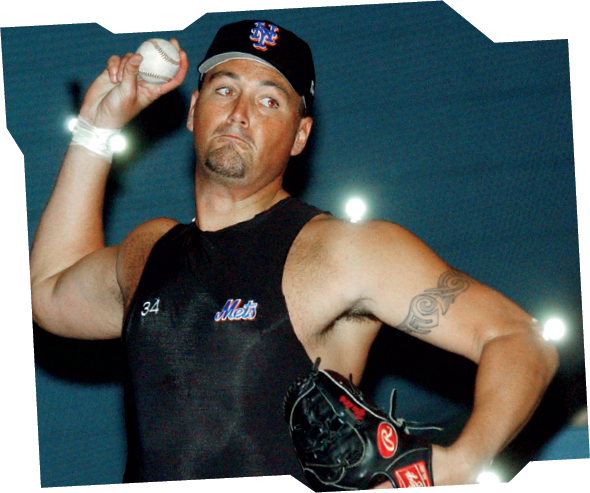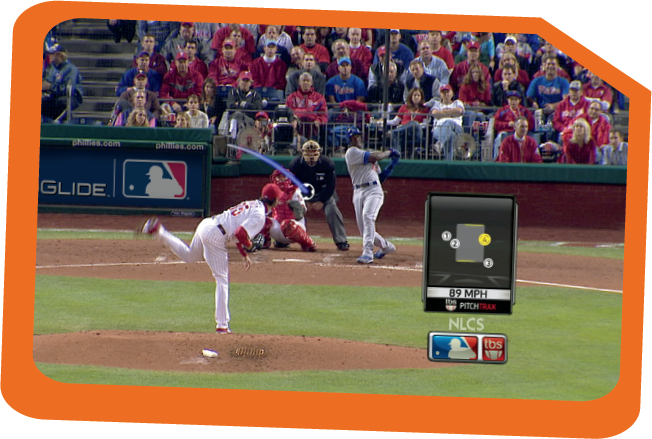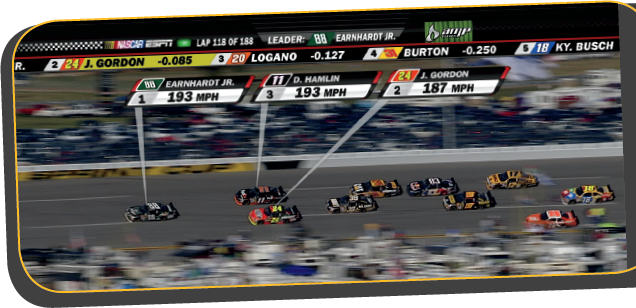Theres nothing new about pro baseball players using video. But sitting in a dark room watching a flickering film is a thing of the past. New digital video technology, smaller computers, and smartphones make this kind of prep easier and quicker to do. Coaches can even find out the best places to position fielders for each batter. Computers are better than ever at crunching data about where hitters usually hit the ball. Fielders can get into position to have a better chance to get the batter out.
Oakland Athletics players conduct last-minute research on their tablet computers before a game.
For example, David Ortiz is a left-handed pull hitter. He tends to pull the ball toward right field. Knowing that, infielders shift to their left to have a better chance of preventing Ortiz from getting a base hit on that side. The shortstop often plays on the right side of second base, and the first baseman is only a couple of feet from the foul line. Of course, Ortiz knows this strategy and sometimes tries to hit to the opposite field.
IN THE GAME
Hitters prepare for games by hitting balls launched at them from pitching machines. Most of these machines can simulate multiple pitches. But one pitching machine goes a step further: A screen shows video of a pitcher. The batter can practice with the feel of actually being pitched to, even by the pitcher hell face in the next game.
Technology helps players learn these general tendencies while on a plane or in a hotel room before a game. It also helps with really specific stats too. Players and coaches can find a pitchers WHIP with runners in scoring position against right-handed battersduring night games.
FACT
WHIP is a good measure of a pitchers ability to get batters out.
WHIP = Walks + Hits / Innings Pitched
MOTION CAPTURE TECHNOLOGY
Mariano Rivera has been a dominant closer for the New York Yankees for many years. The Movement Lab at New York University did a study of Riveras pitches to figure out why no one seems to be able to hit his nasty cut fastball. The lab uses the same technology that the makers of the movie Avatar used.
Sensors are placed on different parts of a pitchers arms and legs. The sensors are connected to a computer. The computer then makes a 3D model of the pitchers movements. The player and coaches can study the players movements to see whats working well. They can also see what he should change about his technique to make him better or avoid injury. Only the slow motion computer model can show them that detail.
Mariano Rivera
Players can record their technique when they are at their best. Then when they hit a slump, they can compare their flawed technique to their original technique and see what they are doing wrong. What player wouldnt want the chance to reduce the length of a slump?
Tim Lincecum of the San Francisco Giants pitches with motion capture sensors attached to his body. The sensors provide data that will help Lincecums delivery look more realistic in a video game.
FACT
Motion capture technology is also used to make realistic video games. Someday a computer might be able to generate a holograph of a players movements. This could certainly be useful in preparations for a game, but think of the possibilities for video games. Maybe youll try to connect with a holographic Nolan Ryan pitch or try to strike out a 3D Babe Ruth!
BIOMECHANICS
When studying a pitcher in slow motion, you might be amazed that his arm doesnt fall off when he pitches. Pitching is an aggressive motion. From the time a pitcher plants his lead foot to when he releases the ball, a mere 0.145 seconds elapses. The ball accelerates from 4 to 85 miles (6.4 to 137 kilometers) per hour or more during that short time.
The American Sports Medicine Institute
Pitching is a chain of motion: the windup, cocking the arm, accelerating the arm, and the follow-through. All of these movements can be measured if a pitcher is hooked up to a computer and monitored by high-speed cameras. The American Sports Medicine Institute has a complicated system of sensors, cameras, and computers that measure a pitchers movement during a pitch. The computer can measure the amount of force on a pitchers shoulder and elbow.
The results of this evaluation are used to help a pitcher improve and to help him reduce the risk of injury. If too much force is on his elbow during his delivery, he can change his technique. The computer makes a 3D model, and the data is compared to elite pitchers. The player and coach can review the tests and improve the players mechanics. For example, they might notice the pitchers plant foot is not at the right angle. That may be whats causing him to walk more batters, and theres a better chance he could injure his foot or leg at that angle.
Relief pitcher Tyler Yates
FACT
Another great technology used to measure pitching mechanics is a high-tech shirt. Sensors line the shirt at certain points along a pitchers arms and back. The sensors record the pitchers movement and send the data to a computer program. The program determines the acceleration of his arm and movements.
PITCHf/x
In 2001 a technology company called Sportvision created K-Zone. This technology showed fans watching on TV the location of every pitch in relation to the strike zone. A graphic on the screen showed instantly where the ball crossed the plate. You can see where the pitches end up and how close those corner-of-the-plate strikes are to being called balls. A few years later, Sportvision developed another version of K-Zone called PITCHf/x. It was used throughout Major League Baseball (MLB) starting in 2007.
PITCHf/x tracks a strike from Philadelphia Phillies pitcher Cole Hamels.
FACT
Sportvision created the yellow line that you see when watching football games to show how far a team has to go for a first down. They also created the bubble above race cars for NASCAR races that show the speed and position of each car.

